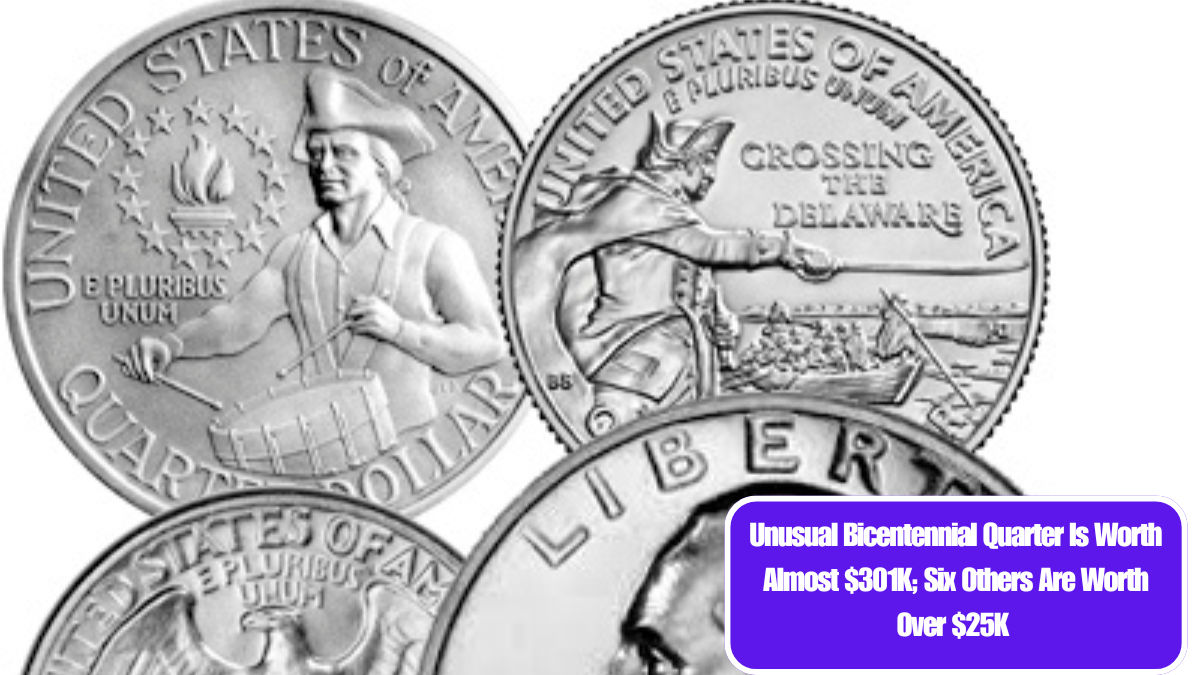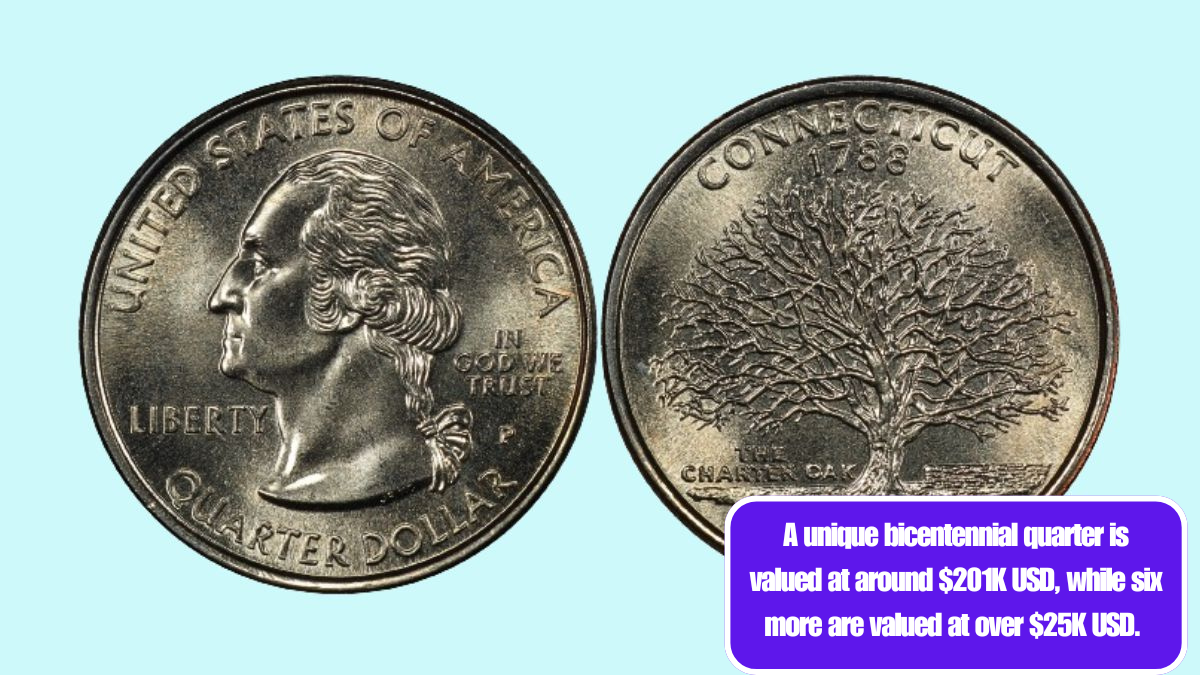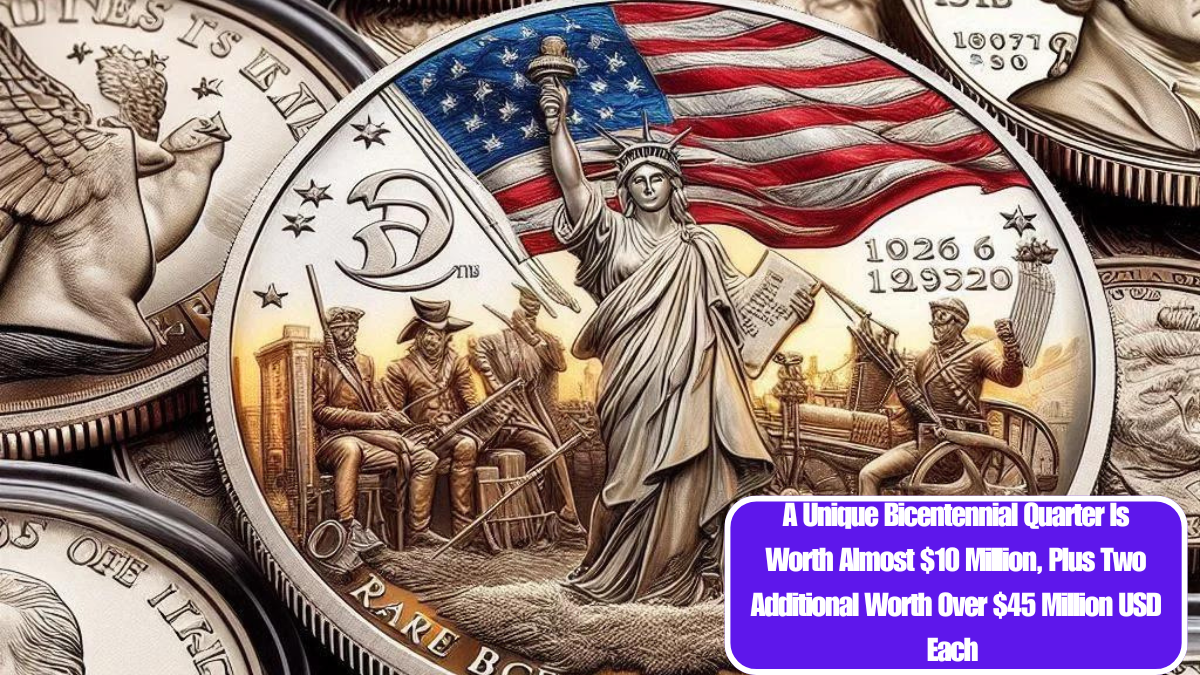The Bicentennial Quarter, minted in 1975 and 1976, celebrates the 200th anniversary of the United States. Featuring a unique reverse design showcasing the American Revolution’s historical symbols, these coins have become a popular collectible. However, among the millions produced, some quarters contain notable errors that can significantly increase their value. This article will explore the types of errors found in Bicentennial Quarters and their potential worth.
Understanding the Bicentennial Quarter
Before diving into error varieties, it’s essential to understand the Bicentennial Quarter’s significance. Designed by artist Jack L. Ahr, the coin features a depiction of a drummer boy on the reverse side, symbolizing patriotism and the fight for independence. The obverse side retains the traditional portrait of George Washington. The coins were struck in both Philadelphia (no mint mark) and Denver (D mint mark), making them easily recognizable.
Common Errors in Bicentennial Quarters
- Double Die Errors: One of the most sought-after errors, double die coins occur when the die strikes the coin multiple times, leading to a doubling effect on the inscriptions or images. For Bicentennial Quarters, look for doubled lettering on the “In God We Trust” or “Liberty.”
- Off-Center Strikes: These coins are struck incorrectly, resulting in the design being misaligned or off-center. Collectors prize off-center errors for their unique appearance and rarity.
- Clipped Planchet: A clipped planchet occurs when a portion of the coin is missing due to an improper cutting process before striking. These coins can vary in severity, with some missing small sections and others having more pronounced gaps.
- Wrong Planchet: Occasionally, quarters are mistakenly struck on the wrong type of planchet, such as a nickel or a foreign coin. These errors can fetch high prices due to their rarity.
- Die Cracks: As dies wear down, cracks can form, leaving distinctive marks on the struck coins. While not as valuable as other errors, coins with prominent die cracks can still be of interest to collectors.
How Much Are They Worth?
The value of Bicentennial Quarter errors can vary widely based on the type of error, condition, and market demand. Here’s a general overview:
- Double Die Errors: Depending on the visibility and severity of the doubling, these coins can sell for anywhere from $50 to several hundred dollars.
- Off-Center Strikes: Off-center quarters typically range from $10 to $100, with more extreme examples commanding higher prices.
- Clipped Planchets: The value of clipped planchets usually falls between $20 and $150, depending on the size and rarity of the clip.
- Wrong Planchet: These coins can be worth anywhere from $100 to over $1,000, particularly if they are struck on a planchet from another series.
- Die Cracks: Coins with significant die cracks can range from $5 to $50, depending on their visibility.
Tips for Collectors
If you’re looking to collect or sell Bicentennial Quarter errors, consider the following tips:
- Get Your Coins Graded: Professional grading can help establish the value of your error coins and ensure you get the best price when selling.
- Research the Market: Keep an eye on auction sites and collector forums to gauge the current market trends and prices for specific errors.
- Join a Collectors Group: Engaging with fellow numismatists can provide valuable insights and networking opportunities to buy or sell error coins.
- Handle with Care: Always handle coins by the edges to avoid scratches and fingerprints that can diminish their value.
Bicentennial Quarter errors present a fascinating niche within the world of coin collecting. With a variety of types and a potential for significant value, these coins attract both novice and experienced collectors alike. Whether you stumble upon one in your pocket change or are actively hunting for them, understanding their worth can help you make informed decisions in your collecting journey.














